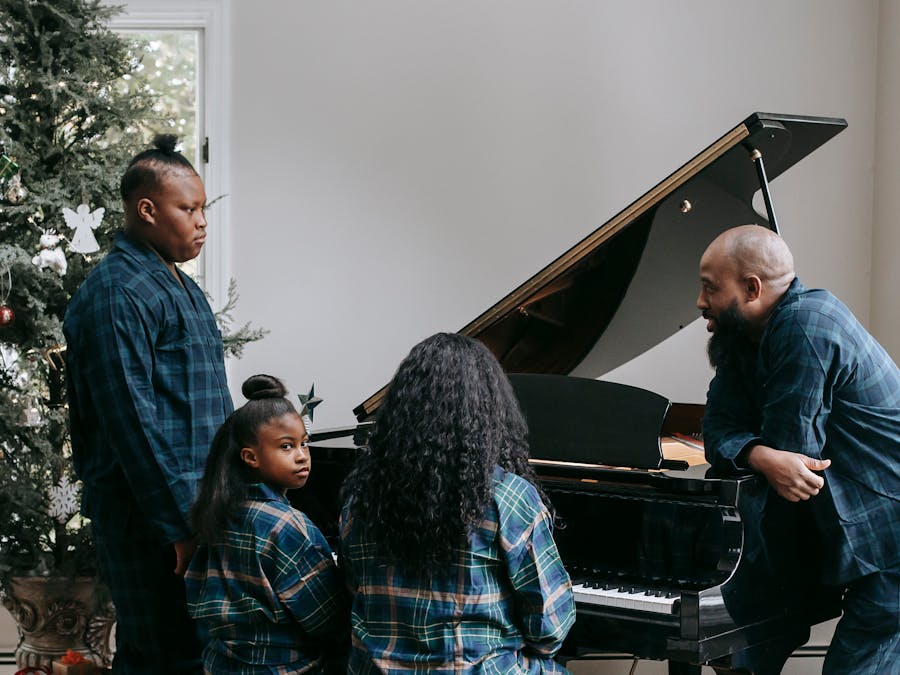 Piano Guidance
Piano Guidance
 Piano Guidance
Piano Guidance

 Photo: Any Lane
Photo: Any Lane
Major scales are the most common and useful to learn first on piano, followed by the natural, harmonic and melodic minors. Start with C Major as it has no sharps or flats, then G D, A and E major before starting the minors. Next, learn some pentatonic, blues and chromatic scales plus the modes.

SLEIGH BELLS: No list of Christmas instruments would be complete without the sleigh bells. From “Jingle Bells” to “Sleigh Ride” and every song in...
Read More »
Most solo recitals for an average concert pianist can net anywhere from $500 to $5000 on any given night. For top-level concert pianists, the...
Read More »
A skeleton key is a key that has been filed or cut to create one that can be used to unlock a variety of warded locks each with a different...
Read More »
While skeleton keys continued to be used throughout the centuries and are still used today in some antique locks, with modern locksmithing...
Read More »The next one after C would be G which has 1 black note (sharp), then D which has 2 and so on. It makes sense to learn at least G as well or up to E (4 sharps) because to this point, they all use the same finger numbers. This is helpful for learning as you can focus more on finding new shapes whilst not having to worry about getting confused with a new finger pattern at the same time. These few keys are also going to be easiest, most common and most useful to begin learning music in. You don’t have to be too rigid here though, be flexible. My suggestion would be to learn at least C and G, but then you could learn F major too if it makes sense for you (i.e you’re learning a song in F). It too only has one black note (a flat) and it’s still easier and common to learn music in F as a beginner. The right hand fingers are slightly different though this time but hands together still feels fairly similar and it’s good to expand in small steps. B major then has a slightly different left hand pattern but still feels similar to C major hands together. Learn this after you have done C to E unless you really need to learn it before. I would then begin learning the flat side (anti-clockwise) around the circle up to Gb/F#. From B flat onwards, these scales all start to feel very different under your fingers which is why it’s usually best to wait. Of course, if you really need to start these keys earlier because of other music you’re working on, then it’s not really going to cause a massive problem.

Saying “I don't care” is effective bait to lure parents into arguing about how they think their child should feel. How to handle it: Say something...
Read More »
strings The strings are the largest family of instruments in the orchestra and they come in four sizes: the violin, which is the smallest, viola,...
Read More »After just learning a few keys of just the natural minor though, I would then start to learn how to adjust them to create the other types of minor scales.

Affirmations for Shifting I am ready to shift. I will shift because I want to shift, and I believe in shifting. I hold the power to shift my...
Read More »
Voice characteristics Elvis Presley was a baritone whose voice had an extraordinary compass — the so-called register — and a very wide range of...
Read More »
Mental health. There are a lot of issues and problems that can take a toll on a musician's mental health. All these struggles can drain out a...
Read More »
Lavender is a great example of a middle note scent with benefits. This go-to middle note oil is often used to reduce stress, help with sleep and...
Read More »